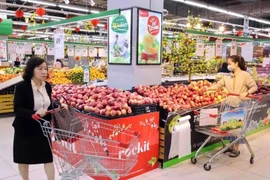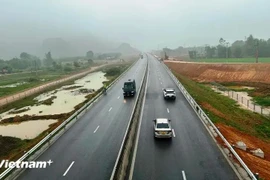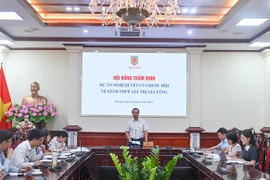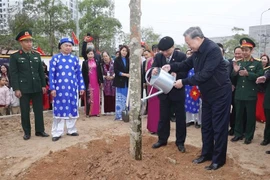Hanoi (VNS/VNA) - National Assembly deputies have been debating whether a 5% VAT tax on fertilisers should be reintroduced.
Opponents of the tax advised the Government to exercise caution, as it may increase fertiliser prices, which would adversely affect millions of farmers across the country.
Supporters, meanwhile, raised concerns over how the tax exemption has been a burden for local fertiliser manufacturers, hurting their competitiveness and creating an unfair playground.
The 5% VAT tax was removed in 2014, which according to local fertiliser manufacturers, has created a situation in which locally made fertilisers suffer unfairly in competition with imports as they could not deduct VAT from their input. It has led to increased production costs. They said their products should also be taxed as it would allow them to benefit from VAT deductions and refunds, which can bring prices down in the domestic market.
Deputy Trinh Xuan An from Dong Nai province said reintroducing the tax will benefit the public, manufacturers and the State.
"For instance, when a company purchases raw materials worth 80 VND it costs an additional 8 VND in VAT input. If their fertiliser is sold at 100 VND without input VAT deductions, they would need to price it at 108 VND. With a 5% tax, they can deduct 8 VND, and the price should be 105 VND. Accounting rules dictate that a 5% tax doesn’t necessarily mean prices rise by 5%."
Deputy Dang Bich Ngoc from Hoa Binh province said fertiliser remains so far the largest expense in crop production, amounting to 64% to 68% of the agricultural sector’s total production value.
Fertiliser not being taxed means manufacturers cannot claim VAT tax refunds, even for goods imported as fixed assets required in fertiliser production. This severely handicapped local manufacturers' profit and investment planning, as well as their ability to upgrade to more sustainable technologies.
Meanwhile, imported fertiliser, previously taxed at 5% and now tax-exempt can still reclaim full VAT input, allowing for lower prices.
The fertiliser market which has been struggling with oversupply issues during 2015-2020 had seen significant price drops with local manufacturers reporting negative growth and financial difficulties.
Ngoc said allowing local manufacturers to benefit from VAT input refunds will benefit everyone, farmers, manufacturers and the Government while at the same time, reducing Vietnam's reliance on imports.
She said Vietnam could learn from China, the world's largest producer and consumer, which imposes an 11% VAT on fertilisers, while offering tax incentives for more environmentally friendly and R&D advanced manufacturers. Similarly, Russia, the world's largest fertiliser exporter, also imposes VAT for the same reasons.
"The current situation favours imports while harming domestic manufacturers. Left alone unchecked, it may reduce the size of Vietnam's fertiliser industry making the country even more reliant on imports and undermining long-term strategy such as agricultural sustainability," she said.
Deputy Nguyen Van Chi from Nghe An province said Vietnam, as an agricultural country, should not allow itself to become overly reliant on foreign fertiliser.
Several Governmental agencies including the Ministry of Industry and Trade and the State Audit have petitioned the Government to reintroduce the tax to balance the playing field for domestic manufacturers./.
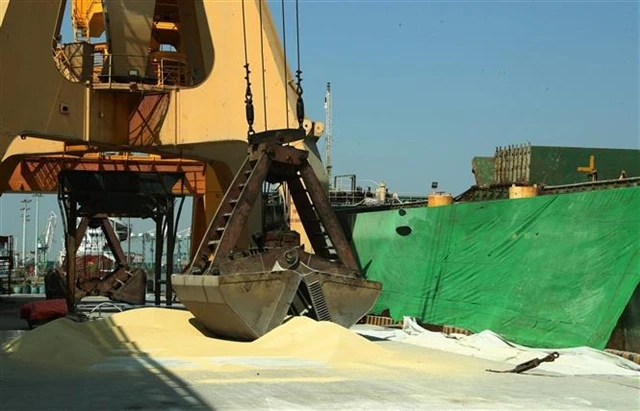
See more
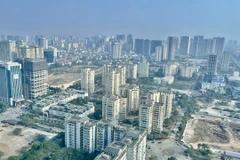
Apartment prices continue to soar in 2025: MoC
The Ministry of Construction said apartment prices are likely to continue soaring in 2025, following a hike last year.
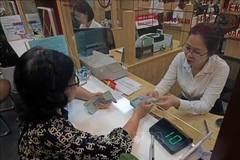
Banks stimulate credit from the beginning of 2025
Commercial banks have stimulated credit demand right from the start of the year to support economic growth.
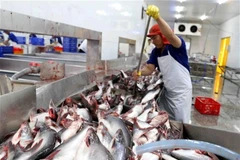
Pangasius fetch record price in early 2025
VASEP said the strong price surge in early 2025 was largely due to limited supply.
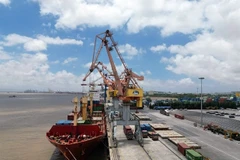
Vietnam's port firms thrive in 2024
According to the Vietnam Maritime Administration, the total cargo volume through the nation's port system reached approximately 864.4 million tonnes, up 14% year-on-year. Container throughput was estimated at 29.9 million TEUs, reflecting a 21% rise.
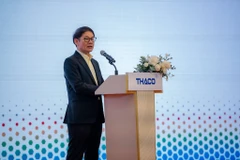
THACO targets sales of over 100,000 vehicles in 2025
In 2025, THACO will continue to expand the scale of investment in all six key production and business sectors including automotive, agriculture, mechanical engineering and supporting industries, investment - construction, trade – services, and logistics.
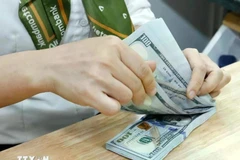
Reference exchange rate continues to rise on February 5
The State Bank of Vietnam set the daily reference exchange rate for the US dollar at 24,395 VND/USD on February 5, up 35 VND from the previous day.
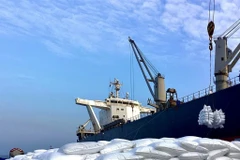
Petrovietnam Ca Mau Fertiliser JSC exports 100,000 tonnes of urea in first days of new year
Petrovietnam Ca Mau Fertiliser Joint Stock Company (PVCFC) has exported 100,000 tonnes of urea in the first days of the Year of the Snake 2025.
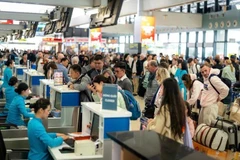
Tet travel boom: Flights soar at major airports
Flight volumes at major airports such as Noi Bai and Tan Son Nhat are expected to continue rising as post-Tet travel demand remains strong.
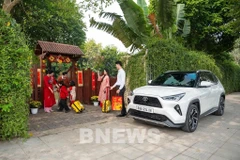
Toyota’s sales in Vietnam increase by 46% in January
Toyota's hybrid car models recorded impressive growth with 565 units, an increase of 504% compared to the figure in January 2024.
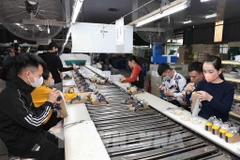
HCM City: Nearly 1 million workers back to work after Tet holiday
Nearly 1 million workers of more than 12,600 businesses with trade trade unions in Ho Chi Minh City have returned to work following the nine-day Lunar New Year (Tet) holiday, reaching 85.33% of their total workforce, according to the municipal Labour Federation.
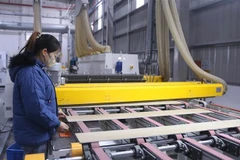
Over 95% of businesses in Hai Phong IZs resume operations
More than 95% of enterprises at industrial zones in the northern port city of Hai Phong have resumed normal operations.
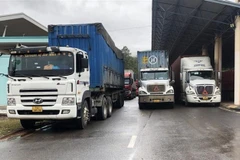
Robust trade activities at border gates signals strong economic start to 2025
Import-export activities at Lao Bao and La Lay international border gates in the central province of Quang Tri have experienced a sharp rise in the early days of the Lunar New Year, indicating a positive economic outlook for 2025.
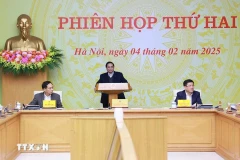
PM urges fast-tracking construction of nuclear power plants
Prime Minister Pham Minh Chinh requested the Ninh Thuan nuclear power plants be completed by December 31, 2031 at the latest.
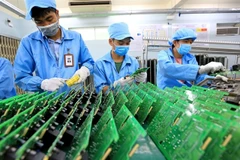
Vietnam earns 51.7 bln USD from exports to EU in 2024
Vietnam shipped nearly 51.7 billion USD to the European Union in 2024, marking an 18.5% increase, equivalent to an additional 8.08 billion USD compared to the previous year.
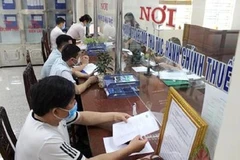
Flexible tax policy to propel Vietnam’s economic growth in 2025
In a significant move to support businesses during challenging times, the Vietnamese government has extended and enhanced various tax relief programmes for 2025, with reductions and deferral measures aimed at stimulating economic growth.

Vietnam has six billionaires in Forbes’ latest global rich list
Vietnam has six billionaires after chairman of Masan Group Nguyen Dang Quang rejoining the Forbes’ latest list of the world’s richest individuals.
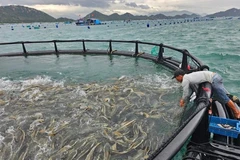
High-tech offshore aquaculture pilot launched in Khanh Hoa
The project's primary goal is to enhance the offshore aquaculture in Khanh Hoa province by improving productivity, adding value to the sector, and raising the income of local fish farmers and other stakeholders.
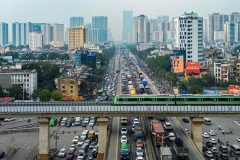
Hanoi urban rail lines serve nearly 75,000 passengers during Tet
Hanoi's Cat Linh – Ha Dong and Nhon – Hanoi Station metro lines operated 1,780 trips and served a total of 74,503 passengers during the Lunar New Year (Tet) holiday from January 27 to February 3
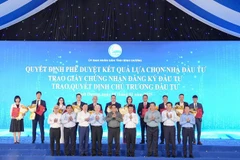
Binh Duong lures additional 1 billion USD of investment
Seven foreign-invested projects, with a total registered capital of 1 billion USD in the southern province of Binh Duong have been granted in-principle approval and investment certificates at a recent meeting held by the provincial People's Committee.

Important breakthroughs open up new phase of cooperation with Middle East, Africa: official
The friendship and multifaceted cooperation between Vietnam and Middle East and African countries reached important milestones with historical significance, marking a new phase in their relationships.
